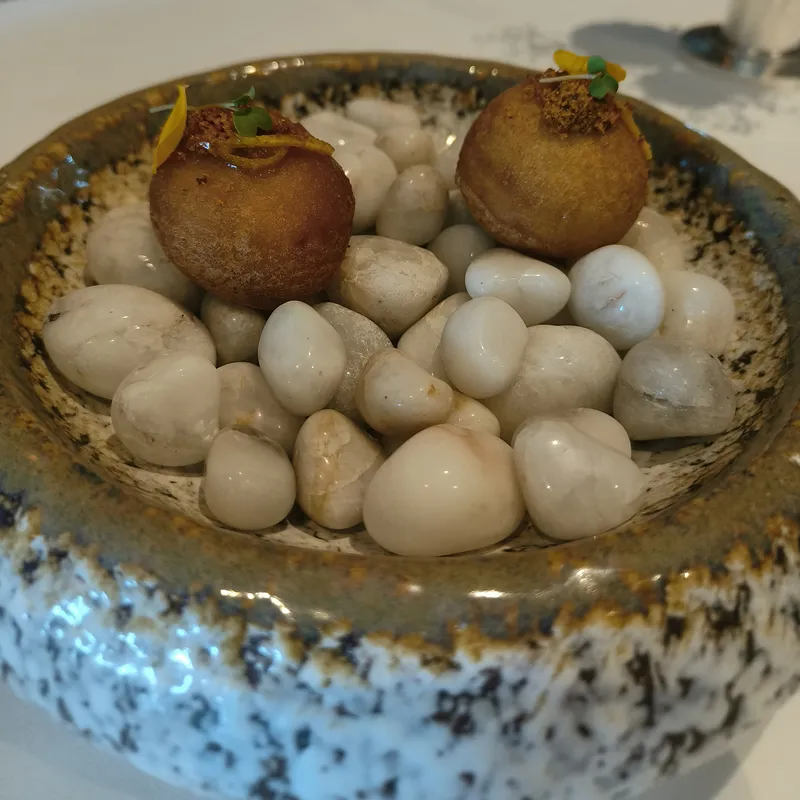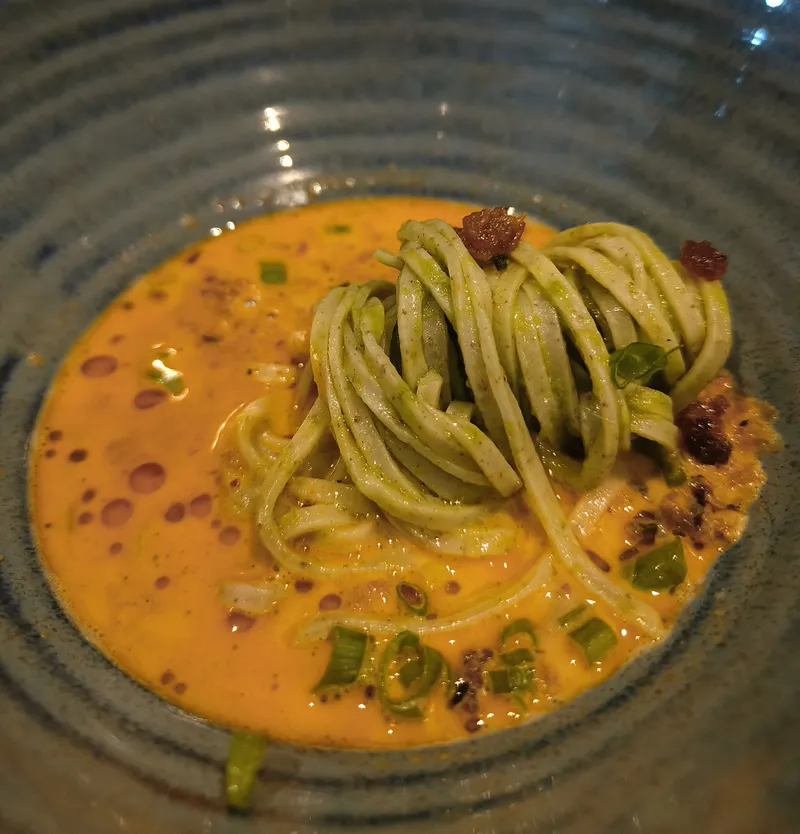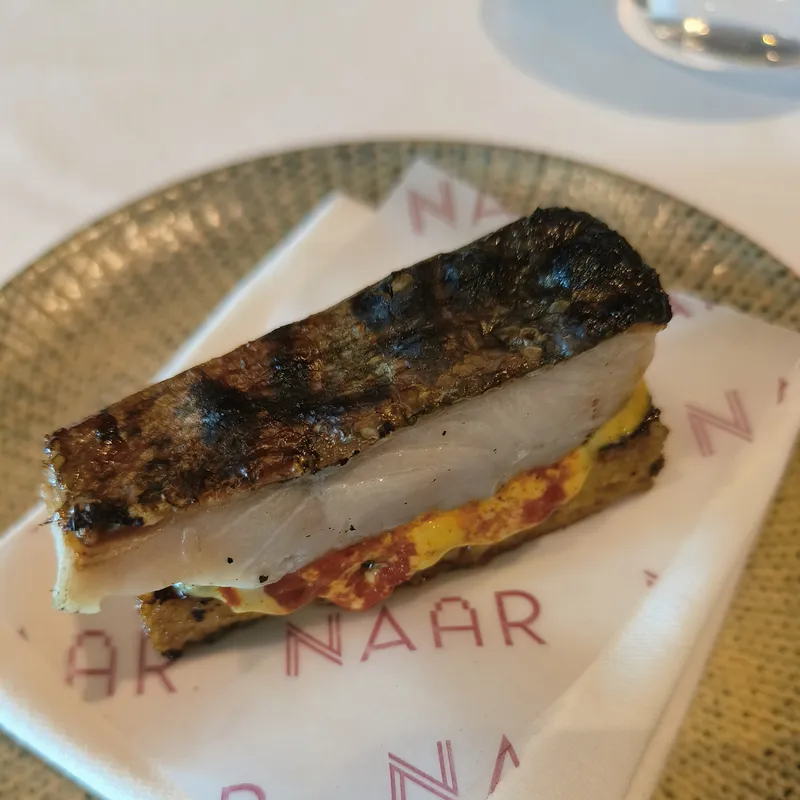Exploring the rustic flavours of Himalayan culinary culture with Chef Prateek Sadhu
‘From Peaks to Plates’ is a culinary tour that gave a taste of Himalayan cuisine to the people of Jaipur, New Delhi, Bengaluru, and Chennai. Chef Sadhu shares more about his attempt at showcasing Himalayan cuisine and initiating a dialogue between the mountains and the cities.
Prateek Sadhu is not just a chef with incredible culinary skills but is also a dreamer with an extraordinary appetite for risk-taking.
For instance, when Sadhu conceived Masque, a fine-dining restaurant in Mumbai, with Aditi Dugar way back in 2016, many thought this was a gamble that would fizzle out.
It was a time when ingredient-forward cuisine—a style of cooking that gives importance to the ingredients over the dish or the theme and centres around what’s in season—was barely heard of.
However, Sadhu’s conviction to showcase Indian produce through a farm-to-fork restaurant pushed him ahead.
When Masque began to be noticed across India as well as globally, Chef Sadhu parted ways to take on a new conquest. Thus, NAAR, meaning ‘fire’ in Kashmiri, was born in the Himalayas in 2023. With his roots in Kashmir where Sadhu spent his childhood around family farms, it’s almost serendipitous that he decided to establish his labour of love in the mountains.
Ever since its opening, the restaurant in Kasauli, Himachal Pradesh, which puts Himalayan-forward cuisine at the forefront, has been making waves. Always packed to the hilt, it’s hard for people to find a place at NAAR.
So, Sadhu decided to take NAAR to people across India and give them a taste of Himalayan cuisine.
‘From Peaks to Plates’, in partnership with The Leela Palaces and Conosh, brought the rustic flavours of the Himalayas to Jaipur, New Delhi, Bengaluru, and Chennai recently.
From the vibrant and hearty dishes of Nepal to the bold and distinctive flavours of Bhutan and the aromatic spices of Indian Himalayan cuisine, Chef Sadhu created dishes that offered a warm experience akin to the embrace of the mountains.

Askalu, a traditional dish from the hilly regions of Himachal Pradesh, with sesame lun (salt) and smoked cheese I Image: Geetika Sachdev
There was Askalu with sesame lun (salt) and smoked cheese; Dirty Toast with Himachali trout and pickled chilli; Sunderkala, a comforting dish with lamb sausage, dried vegetable chutney, and Timru broth; and more.
YS Life caught up with the chef at The Leela Palace New Delhi to know more about NAAR and his attempt at discovering different aspects of Indian cuisine.
Edited excerpts from the interview:
YS Life (YSL) : Was opening a restaurant in the Himalayas always your dream?
Prateek Sadhu (PS): The mountains have always called out to me. There’s a purity here, a raw beauty that you can’t find elsewhere. Opening a restaurant in the Himalayas wasn’t so much a dream as it was an instinct.
NAAR is a reflection of that connection to nature, of wanting to showcase the ingredients and traditions that thrive in these regions. The Himalayas offer a wealth of produce and inspiration, making it the perfect place to create something deeply rooted yet visionary.
YSL: How would you describe NAAR?
PS: NAAR is an immersive experience, a journey into the heart of the Himalayas. When you step into NAAR, you’re not just here to eat—you’re here to connect with the land and its stories.
Expect dishes that are honest, pure, and full of character. Every plate is designed to evoke the essence of the mountains—from foraged herbs to ancient grains. It’s about the land speaking through the food, offering something timeless and unexpected.
YSL: You have lived and worked in bustling cities like New York and Mumbai. Wasn’t this transition a huge one, considering the challenges of logistics and running a business in the Himalayas?
PS: The shift from cities like New York or Mumbai to the Himalayas was significant, but it felt right. City life teaches you efficiency, but mountain life teaches you patience. Yes, logistics can be complex—getting certain ingredients, managing the remoteness—but it’s worth it.
In the mountains, you work in harmony with nature. The seasons guide you, and that connection brings a new level of creativity. It’s a slower pace, but it’s more deliberate and meaningful.

Sunderkala, a comforting dish with lamb sausage, dried vegetable chutney, and Timru broth I Image: Geetika Sachdev
Behind the scenes of Avartana, one of Asia’s most celebrated restaurants
YSL: The cuisine of the mountains is so extensive. How did you break it down in the menu to ensure justice to the many techniques that are a part of Himalayan culture?
PS: Food from the mountains is vast and intricate, shaped by generations of knowledge. At NAAR, we’ve embraced that depth by focusing on the core elements of mountain cooking—fire, fermentation, and foraging.
We’ve studied traditional methods and incorporated them into a menu that respects the past while also pushing boundaries. Each dish represents a balance between honouring ancient techniques and creating something fresh. It’s about telling the stories of the mountains through the food.
YSL: Give us a sneak peek into the multi-course menu at NAAR. How has it been planned?
PS: The menu at NAAR is a journey through the Himalayas, with each course offering a different perspective on the region’s culinary heritage. We start with lighter, more delicate flavours and move towards heartier dishes that showcase the robustness of mountain ingredients.
The idea is to guide you through a progression, where each dish builds on the last, revealing the richness and diversity of Himalayan cuisine.

Dirty Toast with Himachali trout and pickled chilli I Image: Geetika Sachdev
YSL: What's the pop-up ‘Peaks to Plates’ all about? What is the vision behind it?
PS: ‘Peaks to Plates’ is about bringing the essence of the Himalayas to people beyond the mountains. It’s a way of sharing the unique flavours, techniques, and stories of the region with a broader audience.
The vision is to create a dialogue between the mountains and the cities, to showcase the incredible bounty of the Himalayas, and spark curiosity about the origins of food. It’s a celebration of everything the mountains offer—through every plate.
YSL: What are some destinations that you keep revisiting for food inspiration?
PS: Kashmir is always a place I return to for inspiration—its flavours are in my DNA. Japan is another, with its reverence for simplicity and the integrity of ingredients. And Mexico, where food is deeply tied to culture and tradition.
Each of these places has shaped my understanding of how food connects to the land and the people.
The Himalayas, though, are constantly inspiring—there’s always something new to discover here.
YSL: Lastly, are you trying to redefine Indian food with NAAR?
PS: I’m not so much redefining Indian food as I am revealing a different aspect of it. India’s culinary landscape is vast, and there are so many hidden stories, especially in the mountains.
With NAAR, I want to highlight the flavours and techniques of the Himalayan regions, to show that Indian food is as diverse and dynamic as the land itself. It’s about deepening our understanding of the cuisine and celebrating its connection to the earth.
Edited by Swetha Kannan







